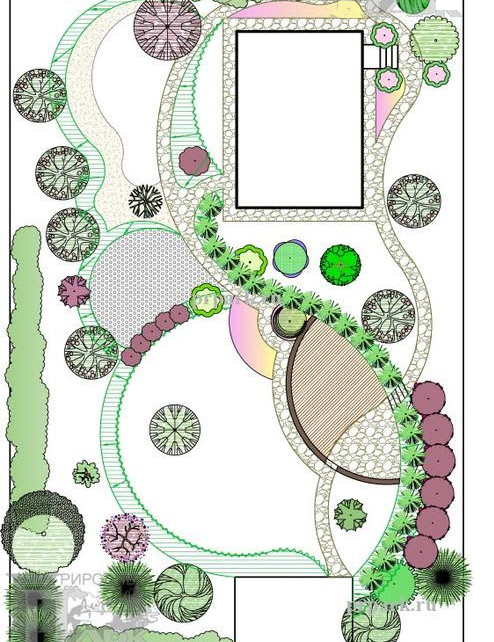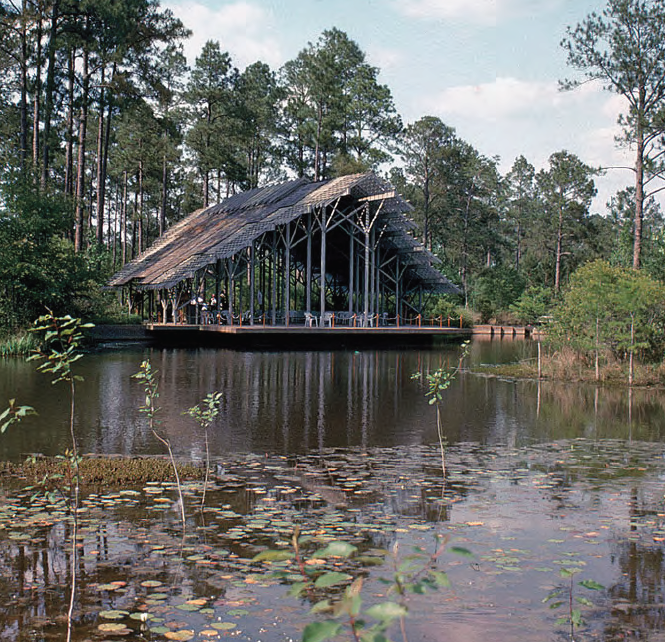Site planning is an important aspect of landscape design that involves analyzing and organizing outdoor spaces to create functional and aesthetically pleasing environments. It typically involves assessing the site’s characteristics, such as topography, soil, climate, and existing vegetation, and determining the best use of the space through strategic placement of features such as paths, plants, […]



